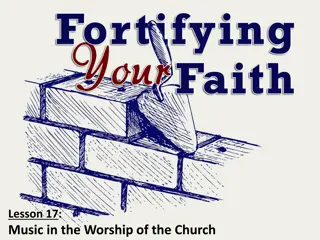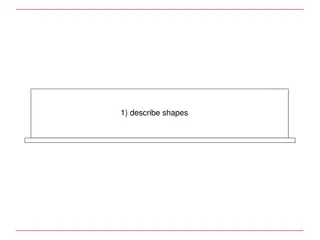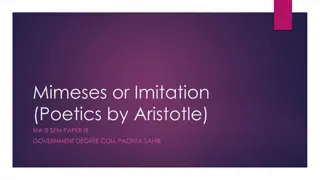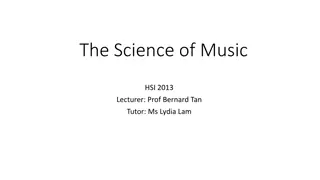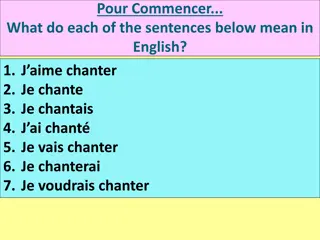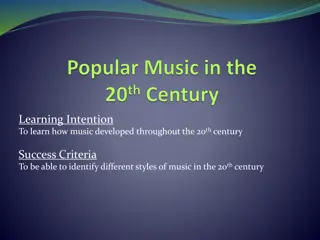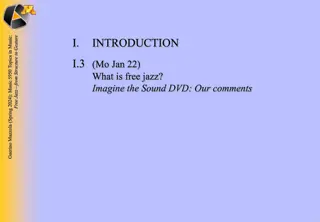Exploring Textures in Music: Melody, Harmony, and Rhythm
Dive into the intricacies of musical textures where melody, harmony, and rhythm intertwine in various ways such as monophonic, polyphonic, homophonic, and chordal textures defining the density and range of musical compositions.
Download Presentation

Please find below an Image/Link to download the presentation.
The content on the website is provided AS IS for your information and personal use only. It may not be sold, licensed, or shared on other websites without obtaining consent from the author. Download presentation by click this link. If you encounter any issues during the download, it is possible that the publisher has removed the file from their server.
E N D
Presentation Transcript
Texture The way melody, harmony, and rhythm are woven together. How dense? Thick Thin
Range Distance between the highest and lowest intervals. Wide
Range Distance between the highest and lowest intervals. Narrow
Types of Texture Single melodic line. Monophonic Polyphonic Homophonic Chordal Heterophonic
Types of Texture Monophonic Single melodic line.
Types of Texture Single melodic line. Monophonic Polyphonic independently of each other, or in imitation. Two or more lines moving Polyphonic Chordal Heterophonic
Types of Texture Polyphonic independently of each other, or in imitation. Two or more lines moving
Types of Texture Polyphonic independently of each other, or in imitation. Two or more lines moving
Types of Texture Polyphonic independently of each other, or in imitation. Two or more lines moving
Types of Texture Polyphonic independently of each other, or in imitation. Two or more lines moving
Types of Texture Single melodic line. Monophonic Polyphonic independently of each other, or in imitation. Two or more lines moving Homophonic Accompaniment = rhythmic & harmonic support. Melody and accompaniment. Chordal Heterophonic
Types of Texture Homophonic Accompaniment = rhythmic & harmonic support. Melody and accompaniment.
Types of Texture Homophonic Accompaniment = rhythmic & harmonic support. Melody and accompaniment.
Types of Texture Homophonic Accompaniment = rhythmic & harmonic support. Melody and accompaniment.
Types of Texture Single melodic line. Monophonic Polyphonic independently of each other, or in imitation. Two or more lines moving Homophonic Accompaniment = rhythmic & harmonic support. Melody and accompaniment. Also homorhythmic similar Chordal rhythm in all parts. Hymnic, may not have melody Heterophonic
Types of Texture Chordal rhythm in all parts. Hymnic, may not have melody Also homorhythmic similar
Textual Elements Primary Melody (PM) line(s) in a piece of music. Most important melodic Homophonic usually one Polyphonic may be more than one
Types of Texture Single melodic line. Monophonic Polyphonic independently of each other, or in imitation. Two or more lines moving Homophonic Accompaniment = rhythmic & harmonic support. Melody and accompaniment. Also homorhythmic similar Chordal rhythm in all parts. Hymnic, may not have melody Single melodic line, multiple variations at same time. Heterophonic
Textual Elements Primary Melody (PM) line(s) in a piece of music. Most important melodic Homophonic usually one Polyphonic may be more than one
Textual Elements Primary Melody (PM) line(s) in a piece of music. Most important melodic Homophonic usually one Polyphonic may be more than one
Textual Elements Secondary Melody (SM) not as important as the PM. A melodic line that is
Textual Elements Parallel Supporting Melody (PSM) Melodies similar in contour to PM, often keep a parallel interval relationship.
Textual Elements Parallel Supporting Melody (PSM) Melodies similar in contour to PM, often keep a parallel interval relationship.
Textual Elements Static Supports (SS) Sustained chords, pedal tones, repeated melodic or rhythmic figures.
Textual Elements Static Supports (SS) Sustained chords, pedal tones, repeated melodic or rhythmic figures.
Textual Elements Harmonic and Rhythmic Support (HS, RS, HRS) Textural elements that support the melody rhythmically, harmonically, or both.
Textual Elements Harmonic and Rhythmic Support (HS, RS, HRS) Textural elements that support the melody rhythmically, harmonically, or both.


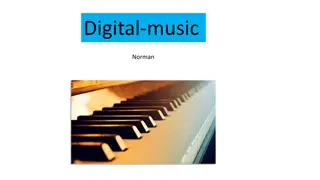
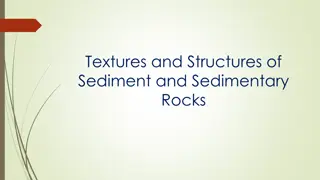
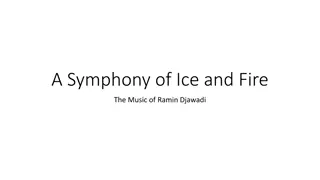
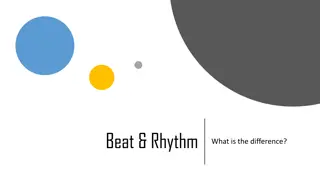
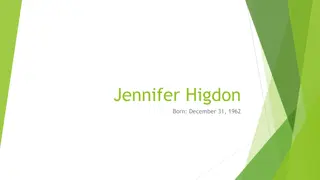

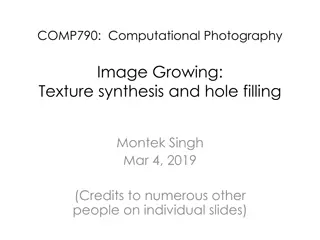
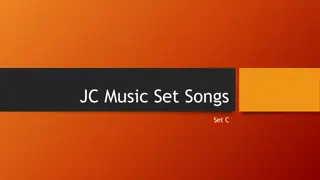

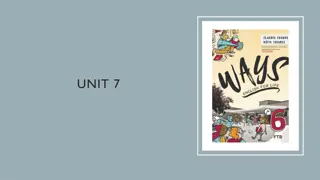
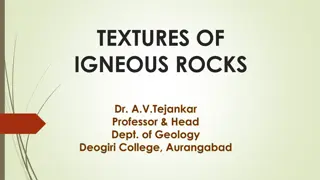
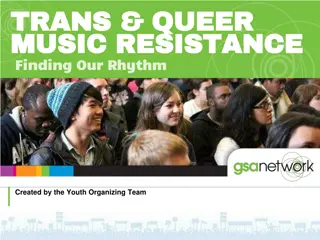
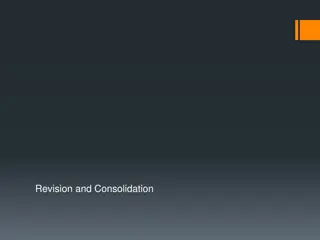
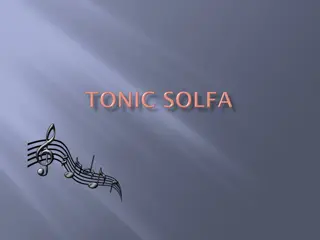
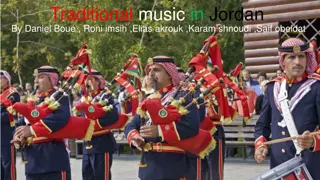
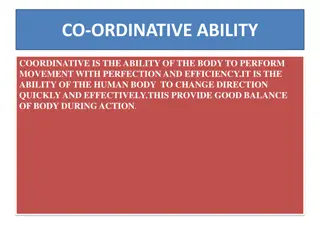
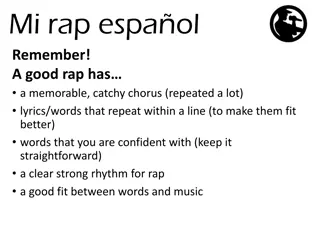
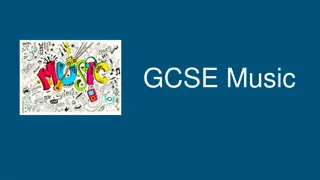
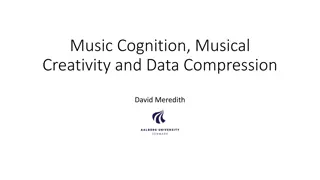

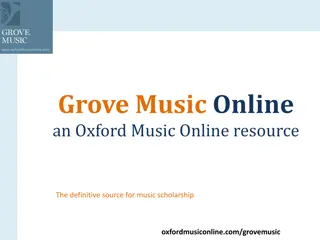
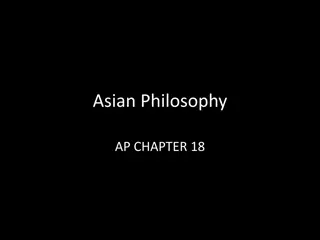
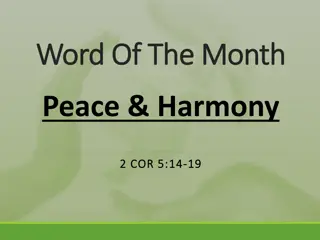
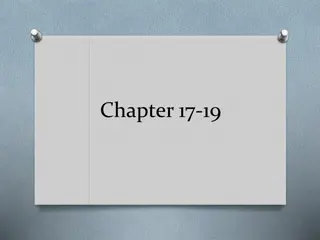
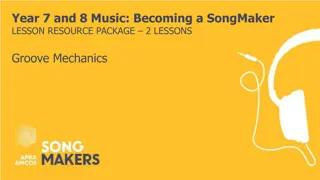
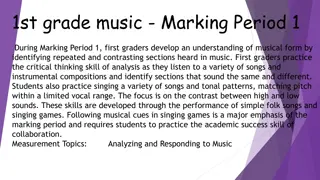
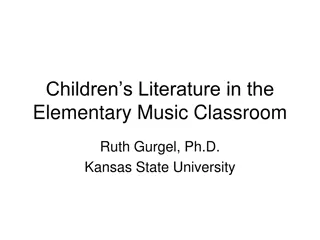
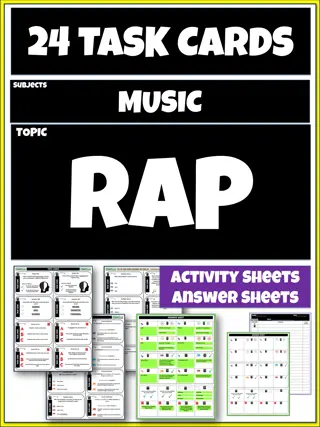
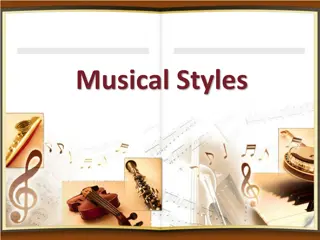
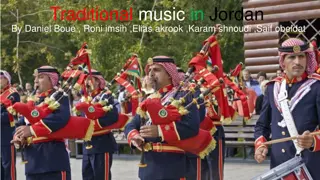
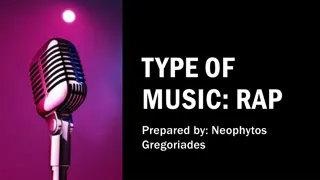
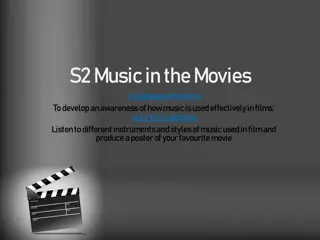
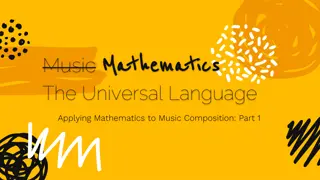
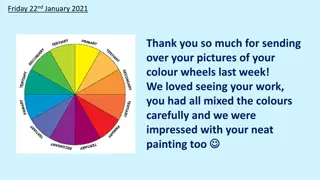
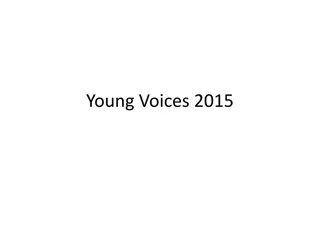
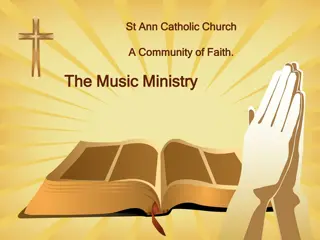
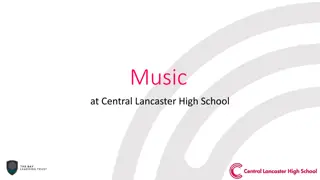
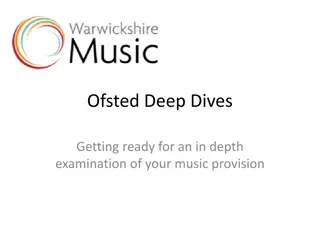
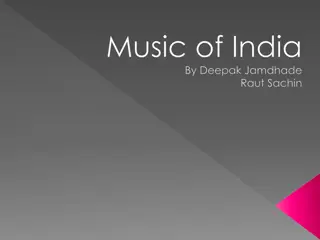
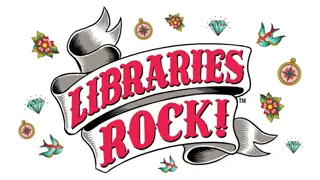
![Explore the Exciting World of Live Music Through [Insert Town/City] Census!](/thumb/148894/explore-the-exciting-world-of-live-music-through-insert-town-city-census.jpg)
